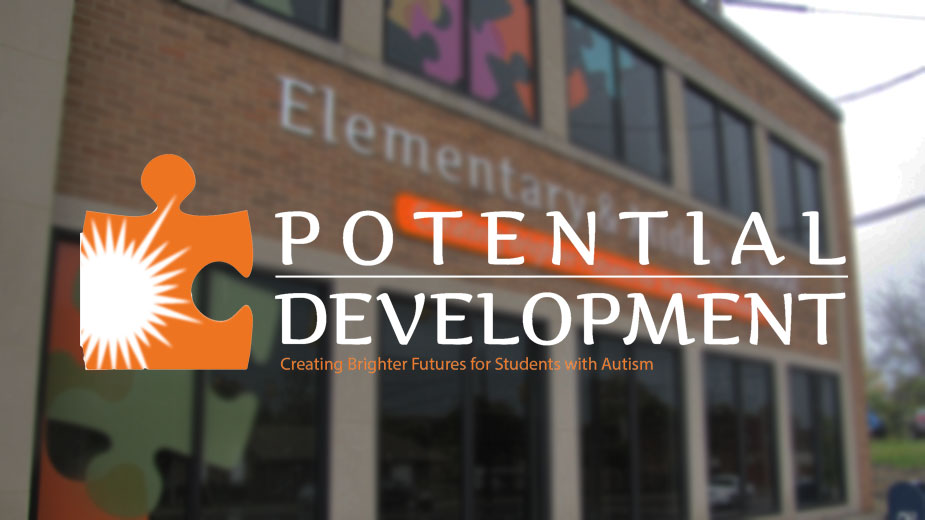Engineering and Art Meet at YSU Launch Lab
YOUNGSTOWN, Ohio — Engineers are often described as being driven by the left side of the brain, where the neurosystem governs logic, rational thinking, and analytic ability.
Artists are generally considered right-brain dominant, the part of the cranium that processes creative talent.
Both hemispheres meet regularly in the basement of the Butler Institute of American Art. Here, Youngstown State University has inaugurated Launch Lab, a space where the analytical and creative types meet to work on various projects, most of them involving some type of additive manufacturing.
“This is the ideation center,” says Brett Conner, director of advanced manufacturing workforce initiatives at YSU. “We’re trying to bring together the creative personalities that exist in the arts, and the technical knowledge from the College of STEM.”
The College of STEM, the acronym for Science, Technology, Engineering and Mathematics, is also home to YSU’s Center for Innovation in Additive Manufacturing. The center, on the second floor of Moser Hall, houses sophisticated 3-D printers, a sinter furnace and a laser cutter – instruments vital to understanding the concepts of additive manufacturing.
Launch Lab is an extension of this concept, connecting both the College of STEM and the College of Creative Arts and Communication, Conner says. “It’s a complementary facility where we bring a variety of disciplines – from engineering to the arts – to conceive ideas in response to various challenges and bring them to reality.”
Additive manufacturing, or 3-D printing, is a process where printers read software data and transform that information into real parts or prototypes. Instead of using traditional manufacturing methods, such as subtractive manufacturing, 3-D printing essentially “builds” a product or part layer by layer with a specified material.
The new lab consists of several small 3-D desktop printers and a larger machine capable of manufacturing more detailed and larger pieces. “This is a hub,” Conner says. “This is where ideas get started, and then branch out to resources within the community to bring them to reality.”
As an example, Guha Manogharan, assistant professor of mechanical and industrial engineering, holds up a plastic model of a human trachea produced at the Launch Lab. The part was printed at the request of a surgeon-professor at the West Virginia University School of Medicine. “He had a patient and got us the CT scan and we were able to make a 3-D model.”
Another project Launch Lab printed is a plastic replica of the human heart, which Conner showed guests during a recent tour.
“We find there is great promise when you take an engineering student and an art student and put them together,” notes Greg Moring, chairman of YSU’s art department. “When they sit down and work things out, it’s amazing at what they can come up with.”
The Launch Lab has participated in 10 projects thus far, Moring says. “We’re really excited about this. We believe at YSU that we have to work across all disciplines. We can’t just work in our own silos.”
The premise is to introduce art students to additive manufacturing so they can be more marketable in the job market. “I’d like to see every one of our art students get experience and understanding of additive manufacturing technology,” Moring says.
Opportunities for growth are boundless, notes Michael Crist, interim dean of YSU’s College of Creative Arts and Communication. “We don’t know where this will end up,” he says. “Students will start to generate in their minds what this will become.”
Launch Lab offers equipment such as a large scanner that scans an item to create a 3-D software model. Those data are fed into the printer and the part results.
This type of equipment is useful in many cases, Conner says. For instance, assume a customer needs to replace a part, but has no tooling to manufacture the component. A 3-D scanner can read the image and print a new part.
YSU’s Center for Innovation in Additive Manufacturing continues to draw more interest from private industry and students. “We’ve had several businesses use our capabilities,” Conner says.
YSU Provost Martin Abraham says the objective of the center is to develop a cohesive network – using resources such as the business community, America Makes and the Youngstown Business Incubator – and create a hub for innovation.
“It’s to a point where we have a very significant quality of material and capability in ways that not many other people have,” he says.
Ryan Lewis, a senior who graduates this semester, says his experience with additive manufacturing is invaluable. “I was interested in 3-D printing, so I went to Dr. Conner and he handed me the Youngstown map project,” Lewis says.
The project entailed developing a 3-D model of the downtown and nearby neighborhoods, including YSU, he says. Lewis says he researched all of the buildings and fed their reduced dimensions into the printer, creating small plastic models of the structures in the central business district.
“It’s a great experience to put on my resume,” Lewis says, recently hired full-time by Delphi Corp.
The center, which opened in January 2014, has since expanded its machinery and technology.
The latest addition is a high-temperature sintering furnace that allows students, faculty and corporate partners to sinter materials that require high heat. “The new furnace is helping efforts with Fireline,” a company nearby that manufactures ceramic crucibles used in the aerospace industry.
Conner says that companies of all sizes have toured the center and that the university is constantly trying to foster new partnerships. “We’re moving forward and building partnerships with industry in the Valley and beyond,” he says.
Pictured: Gregg Moring heads YSU’s art department. Brent Conner is the director of advanced manufacturing workforce initiatives.
Copyright 2024 The Business Journal, Youngstown, Ohio.



